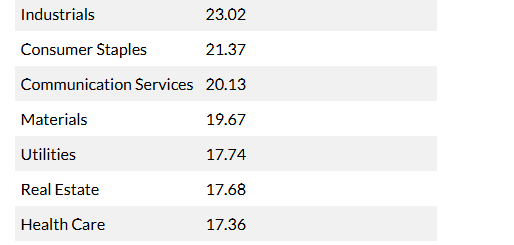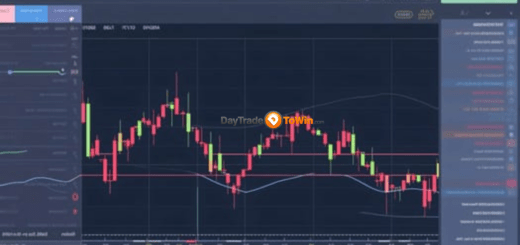Beyond the Hype: Delving into the Rationality Behind Investors’ Dismissal of Powell’s Fed Rate-Cut Reset
Market analysts and fund managers suggest that markets are now less reliant on Federal Reserve rate cuts and more focused on the growth of corporate earnings.
Federal Reserve Chair Jerome Powell’s recent remarks on interest rates didn’t stir up as much market turmoil as anticipated. The S&P 500 closed higher than its session lows, and the Dow Jones Industrial Average broke a six-session losing streak.
Although there was a slight uptick in the yield on the 2-year Treasury note, it didn’t cause significant market disruption.
Experts attribute the market’s stability to two main factors:
- Firstly, previous statements from other senior Fed officials had hinted at their hesitance to cut rates without stronger evidence of slowing inflation. This softened the impact of Powell’s comments.
- Secondly, recent economic data indicating robust growth in the U.S. supports corporate earnings, which have taken precedence as the primary driver of stock performance in 2024.
Anticipation of aggressive Fed rate cuts last year led to a broad rally, but now attention has shifted. While the market has cooled off from its speculative highs, it remains significantly higher than previous lows.
The current decline in the market is viewed as routine consolidation rather than a significant downturn. However, the primary risk to stocks isn’t seen as Fed policy but rather the ability of companies to meet earnings expectations.
Investors can no longer rely solely on Fed rate cuts to prop up stocks; instead, companies must deliver on earnings growth to sustain the market rally.
Analysts project significant earnings growth for the S&P 500 in the fourth quarter, but many companies may struggle to meet these expectations, particularly given the trend of declining profit margins outside of a few notable exceptions.
Additional threats to the market include geopolitical tensions, such as those between Israel and Iran.
Despite some recent declines, stocks have generally remained resilient, with the S&P 500 and Nasdaq Composite falling for three straight days but still significantly above their recent lows. The Dow Jones Industrial Average saw a slight gain, indicating mixed market performance.




